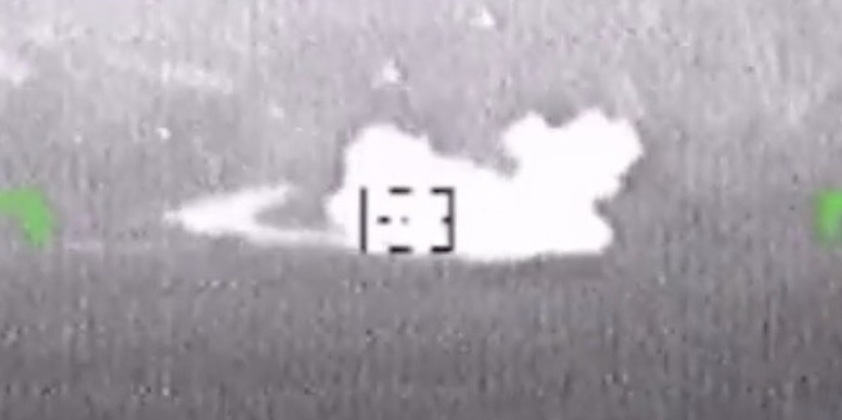News
U.S. Reports Reveal One Third of Ukraine’s Bradley Vehicles Taken Out: Latest Footage Shows Russian Helicopters Destroying Armour
Following the delivery of American M2 Bradley fighting vehicles to Ukraine in April, multiple Western sources have reported at least one third of the vehicles have been visually confirmed as having been abandoned, damaged or destroyed. This was supported by prior reports, including one from the New York Times, highlighting that Ukraine’s Western-trained 47th Mechanised Brigade had lost 30 percent of its Bradleys within just two weeks. The first images of the vehicles taking heavy losses in combat, alongside German supplied Leopard 2A6 tanks, emerged in early June. Although Washington has pledged to continue to supply new Bradleys to Ukraine, and to eventually supplement them with M1A2 Abrams tanks, it has also repeatedly been made clear by officials and lawmakers in the United States that the future of arms supplies to the Eastern European country will depend heavily on the success of its new offensives. The long anticipated offensive against Russian positions which began in early June has so far seeing Ukrainian forces gain little ground and take tremendous losses, which has been highly damaging to the reputations of many key weapons systems including the Bradley and the Leopard 2. New Western built armour was notably not deployed for combat before the new offensives, and was conserved for use by more elite units such as the 47th Mechanised Brigade to make important breakthroughs against Russian positions.

Amid heavy losses, Ukraine has repeatedly pulled back its German Leopard 2 tanks from the frontlines, while its other modern Western tank class the British Challenger 2 is not known to have been deployed in combat at all. Older Leopard 1 tanks, which have been delivered in much lager numbers, have continued to take losses in combat. Russian attack helicopters have been highlighted in both Western and Russian reports to be taking a particularly heavy toll on Ukrainian armour. Russian sources have particularly praised the performance of the new Vikhr-1 anti armour missile, which is deployed by Ka-52 attack helicopters, and which has been seen in footage destroying Bradleys on multiple occasions. New footage released on July 16 by Russian government sources have shown a Ka-52 firing a Vikhr-1, which descended on a Ukrainian vehicle that was within seconds engulfed in flame. The missiles use HEAT (high explosive anti tank) rounds designed specifically to counter heavy armour, including explosive reactive armour which Ukraine has added to at least some of its German built vehicles.

Pentagon sources previously touted Bradleys as “tank-killers,” predicting that they would provide “a level of firepower and armour that will bring advantages on the battlefield.” The vehicle does have formidable anti armour capabilities, despite the low calibers of its guns, due to use of anti tank missiles and integration of depleted uranium rounds with extra penetrating power onto its guns. The vehicles have nevertheless been criticised since their late design stages as under armoured and thus insufficiently protected to engage in high intensity conflict. With the vehicles having been expected to remain in storage in the United States until retirement, however, and being of relatively limited use for wars in East Asia which has become the Pentagon’s primary focus, their destruction even in large numbers does not significantly undermine American interests. The fact that the vehicles have not been produced for close to 30 years means the undermining of their reputation is unlikely to seriously impact America’s arms export profile. Accordingly, a new $800 military aid package for Ukraine announced by the Joe Biden administration earlier in July includes 32 more Bradleys, with the United States having hundreds of the vehicles in its inventories after producing them on a large scale in the final decade of the Cold War. The vehicle is not widely operated abroad, and has no successor in the United States resulting in it still being widely used in the U.S. Army. Bradleys are notably relied on heavily by U.S. Army units deployed in Northeastern Syria, where tensions between Russian and American forces have been rising steadily.












